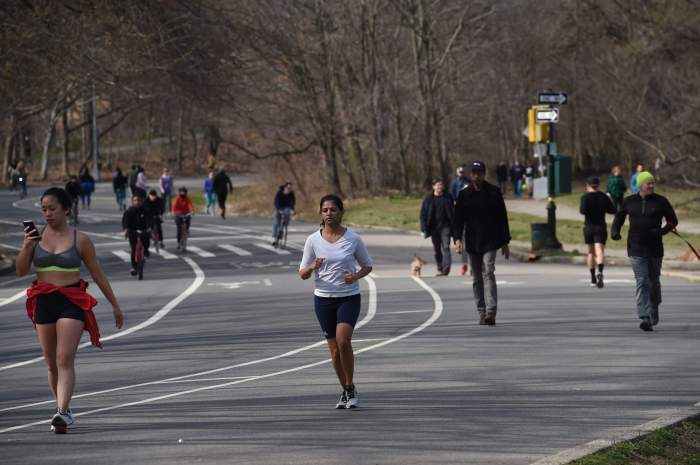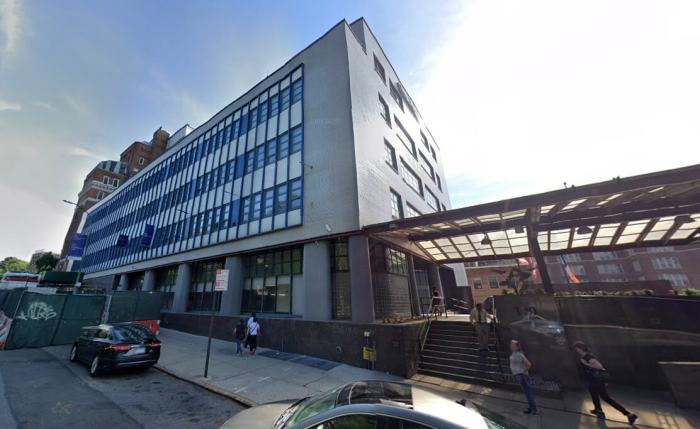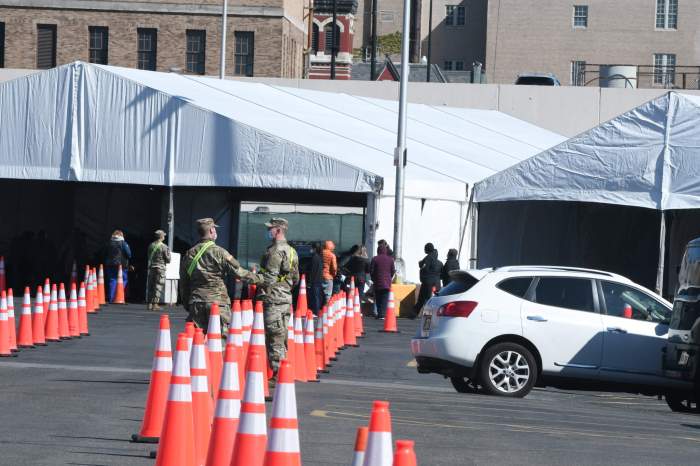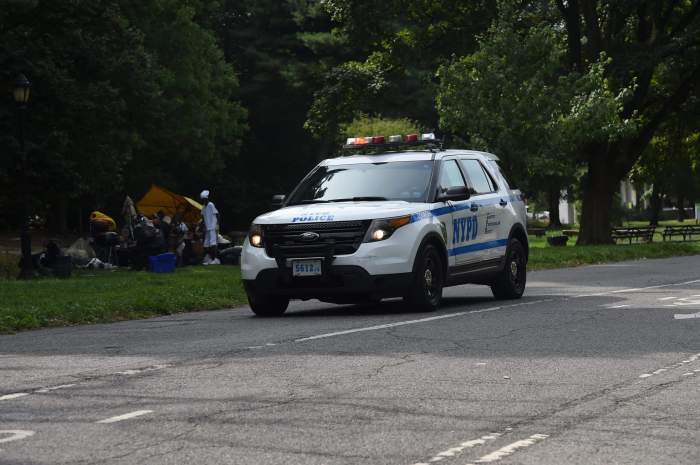Several times in this column, I have expressed skepticism that most protests have much effect, because on the major issues for the last fifty years, they have not appeared to make much difference. I think that might be changing, though.
At least on the issue of police violence and racism, public opinion appears to have shifted radically in the last two weeks. A poll by Civiqs shows Americans support Black Lives Matter by a 28 percent margin, up from 17 before. Six years ago, when Black Lives Matter began, a majority disapproved of the movement.
Some of this change comes from the continued toll of aggressions and abuses, the ever-mounting list of names of Black people killed by the criminal justice system. Probably some of this change is in response to the pandemic, or just the scarcely-masked racism of the Trump administration. But presumably most of the shift in public opinion has the same driver as increased support for the Civil Rights Movement in the sixties — people become more sympathetic to the protesters after repeatedly seeing peaceful marchers beaten and sprayed by the police.
The next few years of policing in New York and Minneapolis appear to be diverging. I suspect that in the next city budget agreed to at the end of this month, the NYPD will have to endure a modest cut. The city faces a large budget shortfall, and the NYPD might even be cut less than the average municipal agency or department, but until very recently, cuts to that department were almost unimaginable. Meanwhile, in Minneapolis, a veto-proof majority of the City Council pledged last Sunday to dismantle its police department and replace it with a new and as yet undetermined system of public safety.
I’d like to make two broad observations. First, Minneapolis is an example of how local governments often deserve increased autonomy. A potential policy solution that is probably too radical for most of the country — abolish the police and replace them with something else — can be piloted in the center of the country’s sixteenth-largest metropolitan area in a state with a better history of clean government than most others. We will all be able to learn from Minneapolis’s successes and failures.
Second, this was a decision made by the Minneapolis City Council, not anybody higher-up than that. Thirty-eight-year-old mayor Jacob Frey seems committed to reforming rather than ending his city’s police department. New York’s city council members and state legislators have been appreciably more radical and responsive to grassroots pressure than the executives like Bill de Blasio and Andrew Cuomo or their appointees. For this policing shift to take hold, mayors will need to embrace it — a council decree can eliminate funding for a program, but it can’t control how it is administered.
Make no mistake: change is afoot. Mayors can change their minds, and cities can change their mayors.
Nick Rizzo is a Democratic District Leader representing the 50th Assembly District and a political consultant who lives in Greenpoint. Follow him on Twitter @NickRizzo.























